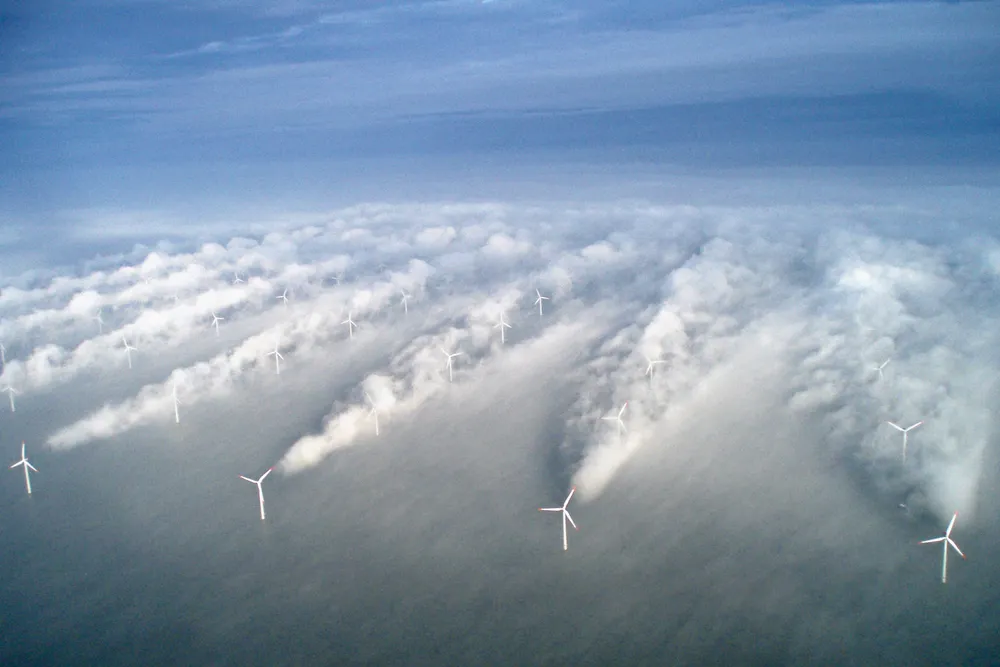Equinor and Orsted see green energy ambitions hit profitability headwinds
Offshore wind pioneers are running into profitability challenges amid fierce competition and price pressures

Offshore wind pioneers are running into profitability challenges amid fierce competition and price pressures
